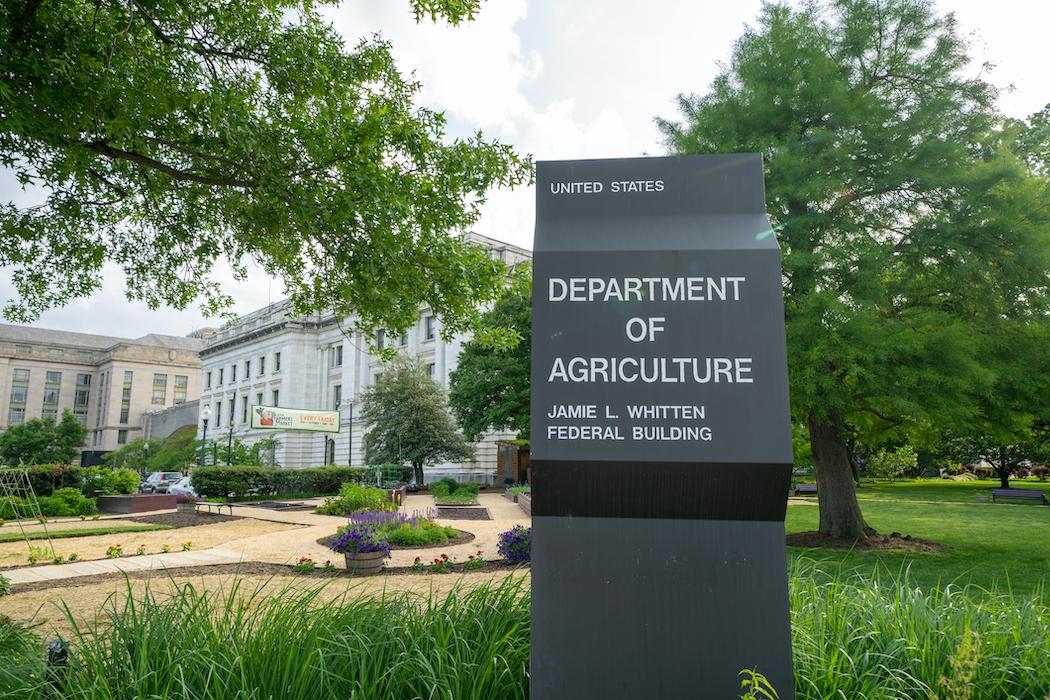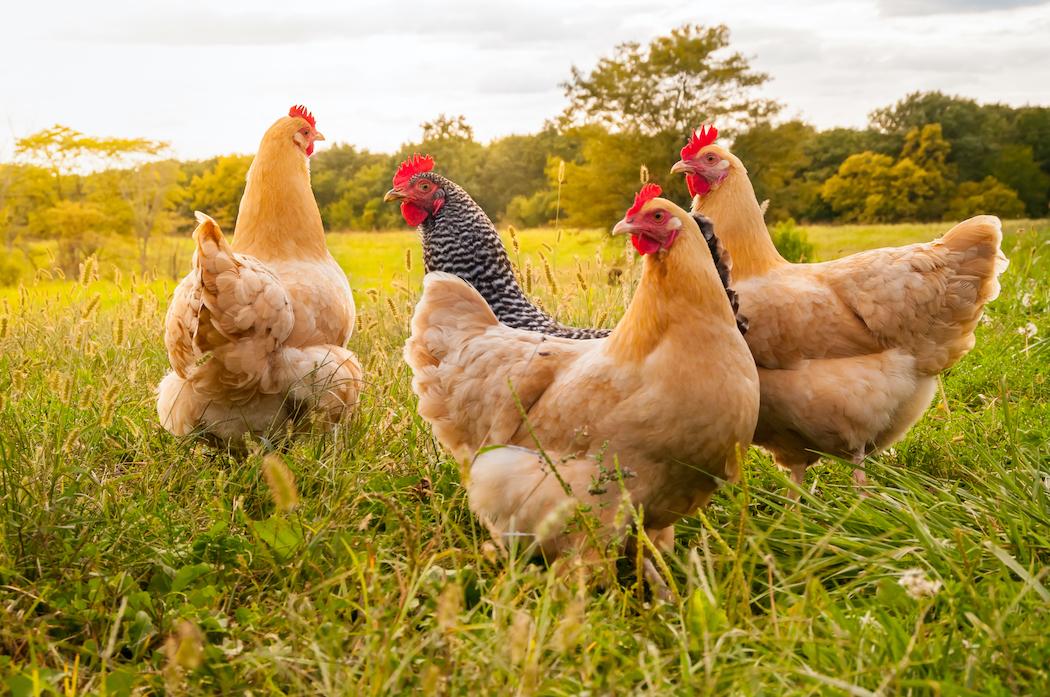
Debates are heating up as Republicans and Democrats craft a significant piece of legal guidelines: the Farm Bill, which is able to run out this fall. This monster 2023 Farm Bill impacts virtually every aspect of U.S. agriculture, and is predicted to be the first of its type to exceed larger than $1 trillion (over the course of the 10-year congressional budgeting measurements).
Article continues below business
The stakes are extreme. The Farm Bill authorizes funding for necessary packages like meals assist, along with conservation, infrastructure, forestry, energy, and evaluation, nevertheless it certainly needs bipartisan assist to maneuver. The bill moreover reignites the argument for providing further sources for small farms — which account for 89 p.c of farms throughout the nation, as per the USDA.

Article continues below business
Environmental organizations see the Farm Bill 2023 as an important different to take care of a climate-friendly meals system and shift the primary focus away from giant agriculture to sustainable farming methods. To understand how this can be completed, it is important to ponder the assorted parts to the Farm Bill and the strategy involved. So, what is the Farm Bill 2023, and what are some key environmental factors that it would most likely help deal with?
What is the Farm Bill?
Voted on about every 5 to seven years, the Agriculture Enchancment Act, additionally known as the Farm Bill, is legal guidelines that serves as a result of the driving strain behind federal insurance coverage insurance policies surrounding meals manufacturing. The first Farm Bill (often known as the Agricultural Adjustment Act) was launched in 1933 as part of the New Deal to help create an excellent change value for crops, as per the Library of Congress. It quickly expanded to take care of factors like soil erosion and provide assist for farmers by way of the Federal Crop Insurance coverage protection Program.
Article continues below business
Instantly, there have been 18 farm funds handed which have shaped agriculture insurance coverage insurance policies, land administration, meals assist, and completely different related packages. Most simply these days, the 2018 Farm Bill included 12 utterly completely different issues, known as titles: commodities; conservation; commerce; vitamin; credit score rating; rural enchancment; evaluation, extension and related points; forestry; energy; horticulture; crop insurance coverage protection; and miscellaneous.

Article continues below business
When is the following Farm Bill?
The ultimate Farm Bill was in 2018, when $428.3 billion was handed over a 5 yr interval (or $867.2 billion when measured in opposition to the 10-year budgeting tips). It’s set to expire on Sept. 30, 2023, and the strategy to draft the model new Farm Bill legal guidelines is already correctly underway. It began in 2022 when the U.S. Residence and Senate Agriculture Committees began holding public hearings all through the nation to acquire suggestions about potential packages.
The committees are throughout the technique of drafting quite a few utterly completely different variations of the bill which may be debated and voted upon. The two worthwhile variations are then blended proper right into a single unified bill, and voted on a final time sooner than going to the White Residence for President Biden’s signature. From there, the USDA begins the strategy of implementing the Farm Bill.
Article continues below business
Committees are debating quite a few hot-button factors, actually one in every of which is — not surprisingly — the value. This yr’s bill is projected to cost a staggering $1.4 trillion over 10 years, with an estimated 85 p.c going in direction of meals assist packages known as the Supplemental Food regimen Assist Program (SNAP). Committees are moreover divided on the trail of the conservation title and what it means, and the place and when native climate funds will doubtless be allotted, in accordance with The Hill.

Article continues below business
What do environmental groups say regarding the Farm Bill?
Although earlier farm funds have included assist for pure farming, regenerative agriculture, and meals waste low cost, as well as they funded large-scale, industrial agriculture. This comprises using harmful chemical fertilizers and pesticides, genetically modified crops, mistreatment of animals, air air pollution, land depletion, and completely different harmful environmental practices.
Environmental organizations want a shift away from these insurance coverage insurance policies, and are offering many various ideas to lawmakers on how to do that contained in the Farm Bill 2023, in accordance with Farm Sanctuary. Whereas a lot of these alternate options fall beneath the prevailing USDA packages, some may require some outside-the-box pondering and even making a model new title to the prevailing 12 decisions.
Article continues below business
The Nationwide Sources Safety Council (NRDC) highlights loads of areas to take care of for the 2023 Farm Bill to make it further climate-friendly along with meals waste, pure farming, and regenerative agriculture — to name just some.
Pure farming sequesters very important portions of carbon, and can enhance common crop resilience. It moreover lowers our reliance on fertilizers and pesticides, and retains harmful chemical compounds out of waterways. Nonetheless, the strategy of becoming a USDA-certified pure grower is tough and expensive, which can present a barrier for small farmers. To combat this, the NRDC is asking for Congress to revamp the Nationwide Pure Certification Worth-Share Program as part of the Farm Bill.
Article continues below business

It’s estimated that meals waste alone accounts for 4 p.c of greenhouse gasoline emissions yearly, and whereas the 2018 Farm Bill took a big step forward in addressing meals waste, further will likely be completed. Together with shopper coaching and better meals labeling practices, the NRDC is proposing an increase in grant funding for composting packages so there’s a broader system in place for recycling pure waste. This has the potential to divert an estimated 20.9 million tons of meals scraps from landfills yearly.
Article continues below business
Serving to farmers transition to regenerative agriculture is one different key focus area, which includes utilizing compost, crop and livestock rotations, and galvanizing utilizing cowl crops to sequester soil by providing incentives like crop insurance coverage protection subsidies. The 2018 Farm Bill launched a groundbreaking new trial program to encourage farmers to promote soil nicely being, and there are alternate options to make this program eternal throughout the 2023 Farm Bill.
The proper approach to examine further regarding the Farm Bill and its affect on environmental factors:
These aforementioned issues with regenerative agriculture, pure farming, and meals waste are merely three examples of areas that the environmental organizations are calling consideration to throughout the 2023 Farm Bill. Enhancements throughout the water infrastructure, agroforestry, rural jobs and sustainable monetary enchancment, animal welfare, the Conservation Stewardship Program (CSP), and greenhouse gasoline reporting are moreover being spotlighted — amongst many others.
The Farm Bill will kind the trail of agriculture for the following 5 or so years, and it comes after we’re at a pivotal time throughout the native climate catastrophe. You probably can examine further regarding the 2018 Farm Bill that’s in the intervening time in place on the USDA’s web page, or for further particulars in regards to the Farm Bill 2023 hearings, go to the U.S. Committee on Agriculture, Food regimen, and Forestry.
